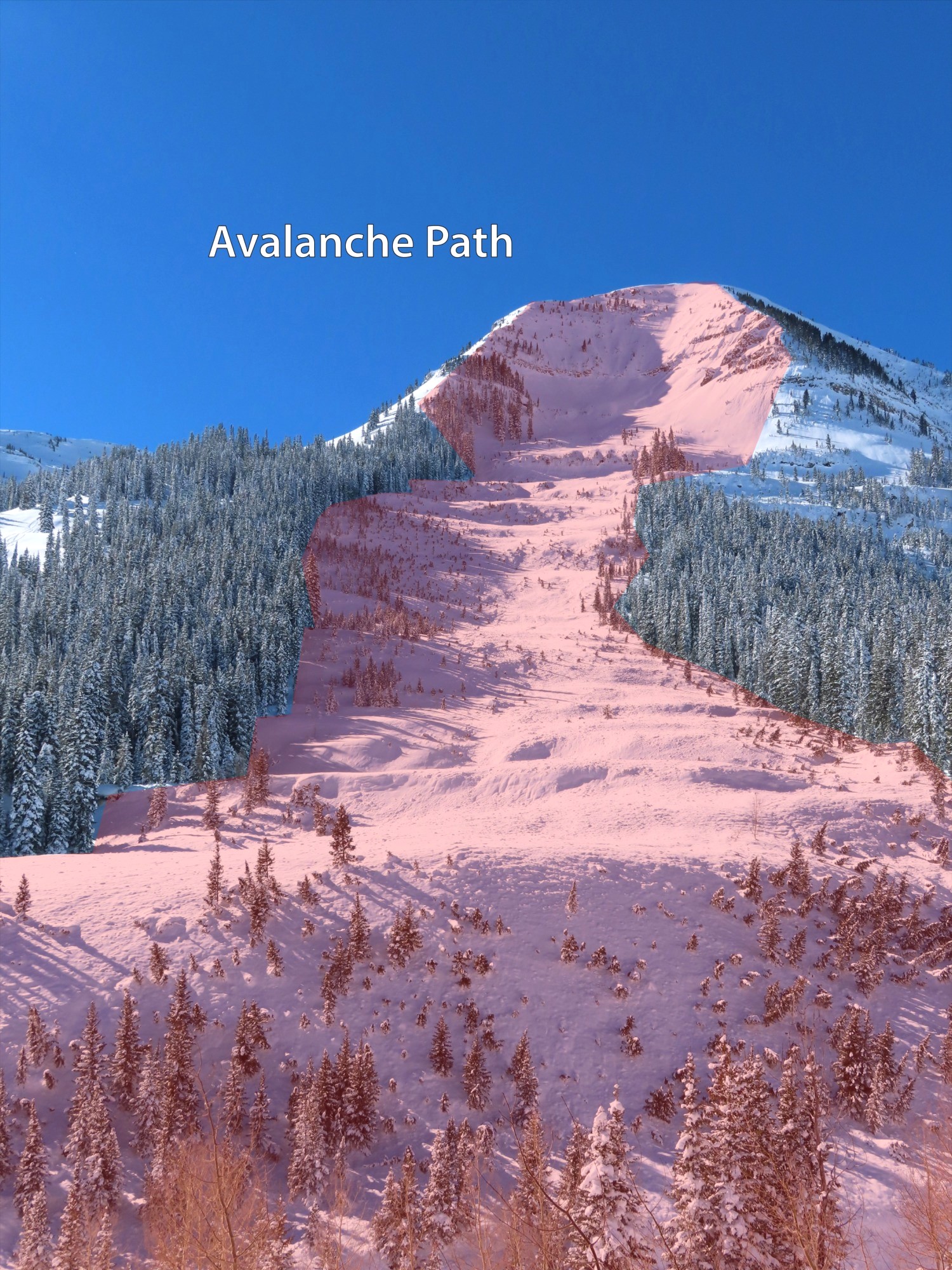Avalanche
Avalanches are a natural phenomenon that has both fascinated and terrified humanity for centuries. This powerful force of nature holds the potential to reshape entire landscapes, leaving a lasting impact on our environment. In this comprehensive guide, we will delve into the world of avalanches, exploring their causes, effects, and the awe-inspiring science behind them.
The Force Unleashed: Understanding Avalanche Dynamics
Avalanches, often triggered by a variety of factors such as snowfall, temperature fluctuations, and even human activities, can set off a chain reaction of destruction. But how do these colossal events occur?
Causes of Avalanches
Avalanches are primarily triggered by the interplay of snow, terrain, and weather conditions. A sudden increase in snowfall, followed by rapid temperature changes, can create a delicate balance on the precipice of disaster. The keyword “Avalanche” itself conjures images of massive snowslides, but there’s much more to this phenomenon than meets the eye.
The Science Behind Avalanches
Avalanches are not mere accidents of nature; they are governed by a set of complex physical principles. Understanding the science behind avalanches is essential for predicting and mitigating their impact.
Avalanche Mitigation and Safety Measures
Avalanches pose significant risks to human settlements, ski resorts, and transportation routes in mountainous regions. Thus, avalanche mitigation and safety measures are of utmost importance. Here’s where the keyword “Avalanche” takes on a different connotation – one of prevention and preparedness.
How to Stay Safe in Avalanche-Prone Areas
Living or recreating in avalanche-prone regions requires a thorough understanding of the risks involved and the necessary safety measures. From avalanche beacons to safety courses, there are numerous tools and resources available to minimize the danger.
Environmental Impact of Avalanches
Avalanches are not just natural disasters; they also play a vital role in shaping our environment. They contribute to the renewal of ecosystems and influence the geography of mountainous regions.
The Human Connection: Legends and Stories
Throughout history, avalanches have found their way into the collective consciousness of humanity. From ancient legends to modern-day adventures, the human connection with avalanches is rich and diverse.
Historical Accounts of Avalanches
Explore historical accounts of avalanches and how they have shaped cultures and communities over the centuries. From tales of heroism to cautionary legends, avalanches have left an indelible mark on human history.
FAQs:
What causes avalanches?
Avalanches are primarily caused by a combination of factors, including snowpack instability, weather conditions, and human activities such as skiing or snowmobiling.
How can I stay safe in avalanche-prone areas?
To stay safe in avalanche-prone areas, it’s essential to receive proper training, carry essential safety equipment like avalanche beacons, and stay updated on avalanche forecasts.
Do avalanches only occur in snowy regions?
Avalanches can occur in any mountainous region with sufficient snow accumulation. They are not limited to areas with heavy snowfall.
Can avalanches be predicted?
While avalanche prediction has improved over the years, it remains a challenging endeavor due to the complex and dynamic nature of avalanches.
What is avalanche mitigation?
Avalanche mitigation refers to efforts to reduce the risk and impact of avalanches. It includes measures such as snowpack analysis, controlled explosions, and barriers.
How do avalanches affect ecosystems?
Avalanches can have both positive and negative effects on ecosystems. They can create open spaces for new growth but also disrupt existing habitats.
Are avalanches becoming more frequent due to climate change?
There is evidence to suggest that climate change may influence the frequency and behavior of avalanches, but further research is needed to fully understand this relationship.
What is the difference between a snow avalanche and a rock avalanche?
Snow avalanches are primarily composed of snow and ice, while rock avalanches consist of rocks, debris, and sediment. Rock avalanches often occur in non-snowy terrain.
Can technology help prevent avalanches?
Technology plays a crucial role in avalanche prevention and safety. Avalanche forecasting, remote sensing, and rescue equipment have all advanced significantly in recent years.
What should I do if caught in an avalanche?
If caught in an avalanche, try to swim or “ride” to stay on the surface of the moving snow. Use your arms to create an air pocket in front of your face, and try to breathe slowly to conserve oxygen. Once the avalanche stops, try to dig your way to the surface if possible.
Conclusion:
Avalanches are a potent force of nature, capable of both destruction and renewal. Understanding their causes, effects, and the science behind them is essential for living in or exploring mountainous regions. With the right knowledge and precautions, we can harness the power of avalanches while staying safe in their presence. As we continue to study and respect these natural phenomena, we gain a deeper appreciation for the wonders of our planet.
